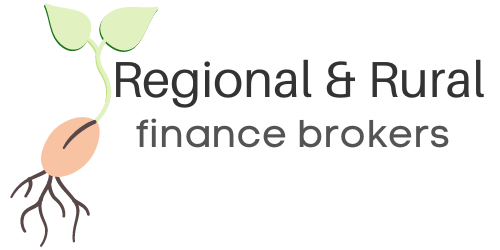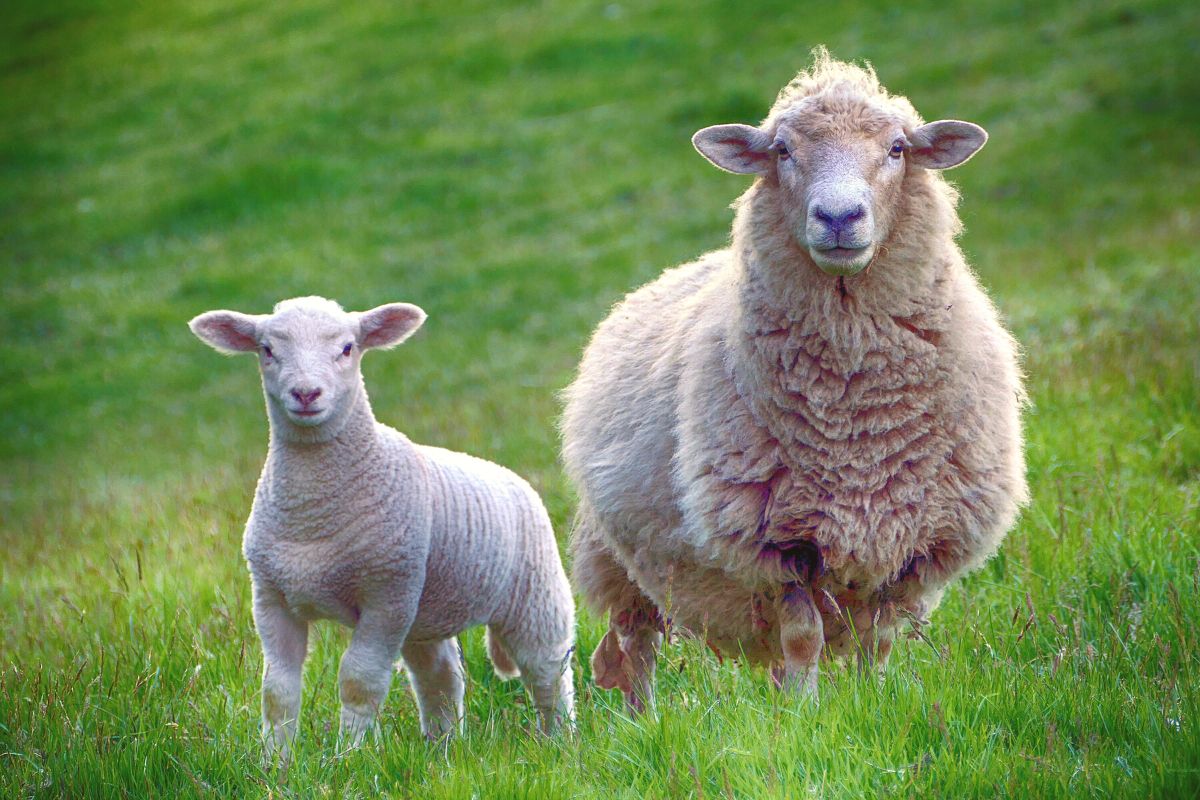Australian Sheep Breeds – Which Is Best for Your Farm?
Did you know that Australia is the third largest exporter of sheep? That’s right! Hence why it is such a great investment for farmers and agribusiness owners alike. But where to start?
Different sheep breeds will provide different qualities and types of produce – so the right breed choice depends on what you want the output of your investment to be.
So, let’s get into why sheep are a great choice for livestock finance investment and which breeds are the best fit for your needs!
Benefits of Sheep Farming
Other than the economic benefits of farming sheep, there are an array of reasons why sheep are an ideal animal to keep on your farm.
Sheep are efficient producers of meat and wool
Sheep are some of the most efficient livestock to invest in. With their many benefits (more below) and excellent out of meat and wool – two extremely sought produces worldwide – it’s no question that sheep should be your next farming investment.
Sheep are not picky eaters
Sheep survive on what is called a forage-based diet – that is, they’ll eat pretty much whatever they stumble upon! This makes them extremely easy to maintain because they will eat a huge variety of plants compared to other kinds of livestock, and can simply live off the grass of your farmland. Not only that, but they’ll gobble up your weeds too! No need for pesticides anymore.
Sheep are easy to handle
In comparison to the majority of other livestock, sheep have small bodies and calm demeanors which make them very manageable – which means they require less labor. Not only that, but their smaller sizes also mean you don’t need as much space to raise them, so you’ll save on building and construction costs as well.
Sheep grow quickly
Quicker growth equals quicker output! Sheep develop fairly quickly, going from newborn to full size in just about a year. This is why sheep produce results faster than the majority of other animals around the world, given that they reach reproductive age and finish weight much sooner.
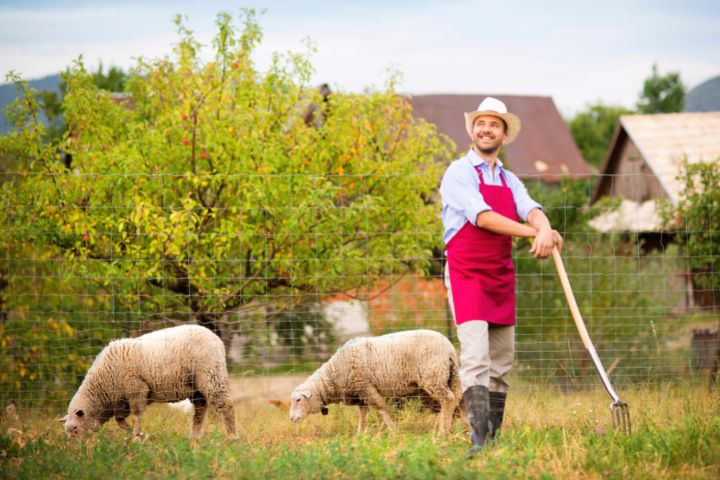
Sheep provide free fertilizer
You get more than a natural pesticide when you use sheep for grazing off an area; you also get fertilizer in the form of manure (including urine). Sheep’s manure is a powerhouse of nutrients that is ready to spring into action and rebuild any nearby vegetation.
Types of Australian Sheep Breeds
There are many kinds of sheep breeds in Australia which are preferred for different respective benefits. So before you decide which breeds you want, it’s important to consider the benefits of each.
Merino
The Merino sheep is the most common variety of sheep in Australia. It was first brought to Australia in 1797 and has since evolved for the purpose of producing wool. It has also been used in cross-breeding other breeds to produce premium lambs and meat.
Merino wool is dense, soft handling and finely crimped. The wool is usually bright white in colour and grows in small bundles or staples. Merino wool is the softest type of wool available, due to its finer fibers and smaller scales. This makes it ideal for creating garments that can be worn against the skin, such as baby clothes and athletic wear.
British Long Wool
The British Long Wool breeds were originally brought to Australia for experimental purposes. They are more suited to high rainfall areas, so take your weather into consideration if you’re interested in this well-built livestock. They also have their own set of varieties:
a) The Lincoln has a large frame and is a hornless sheep. They were bred to produce wool that is long, lustrous and very coarse.
b) The English Leicester has a large frame and is a hornless sheep with black feet. They have been part of the sheep industry for almost 200 years and have very soft, lustrous wool.

c) The Border Leicester is a large framed hornless sheep. It is a popular breed known for producing the first cross-breed of Merino and Border Leicester. They are prolific at producing milk and their lambs mature quickly which is ideal for the meat market.
d) The Cheviot is a large-framed sheep with a white hornless head that is free from wool. It produces soft handling, chalky coloured wool.
e) The Romney Marsh is a large-framed, hornless sheep. It has a thick top knot a white face and kemp fibers on its face and legs. When crossed with British Short wool breeds, Romney Marshes produce high-quality lamb. It also makes a great mother, which is ideal if you’re interested in growing your flock.
British Short Wool (Downs)
Commonly referred to as Downs types, the British Short Wool Breeds. They produce wool that is relatively difficult to handle and has a chalky (flat lustre) look. The downs breeds are frequently used as top lamb sires because of their fine-grain flesh.
a) The Southdown has a small chunky frame and a wide back. Its head is well covered with (harsh to handle) wool and it is polled (no horns).
b) The Dorset Horn and Poll Dorset – The Dorset Horn is a medium-sized blocky breed with a long, wide back and wool that extends from the tip of the muzzle down the face. It has heavy curled horns, while the Poll Dorset has no horns. The wool is a hard material to handle and appears chalky white. Both are well-known as prime lamb sires and are usually crossbred with British Long Wools or Merinos.
c) The Suffolk has a broad back, a medium-sized blocky body, a black (hornless) head, and black legs and hooves. It is renowned for its hardiness, exceptionally quick growth of lambs and high meat dressing percentage. The White Suffolk is an Australian breed developed specifically to withstand Australian weather and has white legs and head (which are free of wool and hornless). It is primarily a meat sheep breed.
d) The Texel is a well-built, proportionately balanced, strongly muscled, lean animal with a pure white visage and black nostrils, it is polled. Its wool is dense, but it is predominantly a meat breed.
Australasian Breeds
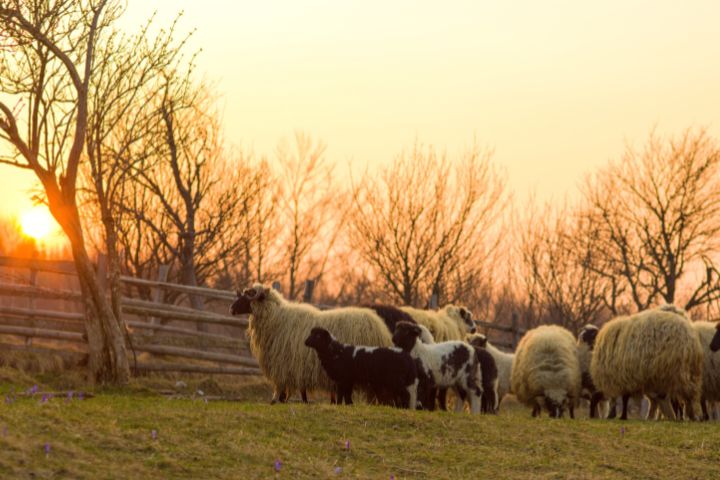
a) The Corriedale is a dual-purpose sheep (works for meat and wool). The breed was developed by mating purebred Merinos with English Long Wool Lincolns. It has a large frame with nearly wrinkle-free skin. It has woolly legs, dark feet, and a polled head (no horns). Corriedale wool is moderately soft and ideal for beginning hand spinners as it has a good staple length and will spin into a medium to thick yarn.
b) The Polwarth is bred from a Lincoln-Merino Cross, and closely resembles the Corriedale in general appearance. It has almost equal emphasis on meat and wool production. It is well woolled, polled, has a large frame, typically some neck folds, and no kemp on the forehead or legs. It thrives in colder, wetter climates, where Merinos struggle to do so. They also make great mothers, ideal for nurturing young lambs.
c) The Coopworth is the result of cross-breeding Border Leicesters and Romney Marshes in New Zealand. The Coopworth has clean legs, no horns, excellent mothering and milking ability, and produces white, lustrous wool.
Recently Introduced Wool Breeds
Finn Sheep are a recent import from Finland and Denmark. Finn sheep are a fast-growing, lean sheep breed. They are white, fat-tailed breed with a polled head, a face free from wool and white feet. The wool is even, soft and lustrous with even staple length and lock.
What Do You Need to Start Sheep Farming?
Sheep must always have access to adequate shelter, enough fresh drinking water, and food. Especially when sheep are being raised for meat or wool, it is crucial to take all steps to keep them at their healthiest. A farm guardian dog may also be a great investment as predators are sadly always on the hunt for lambs!
Food
Since sheep are forage eaters, their food is the easiest part. That being said, still ensure they have access to any necessary feed to meet their nutritional needs. You should also have enough feed to account for the wintertime when they may not be able to forage as much. You can supplement their diet with grain, hay, or silage. Add loose minerals as well to ensure they don’t have deficiencies (but only those that have low copper levels).
Water
Your most important food source is water. In general, sheep favor drinking still water to flowing water. It is advised that livestock not be permitted to consume from natural water sources, and that streams be enclosed. In the summer, keep it shaded and in the winter, keep it clear of snow.
Land and shelter
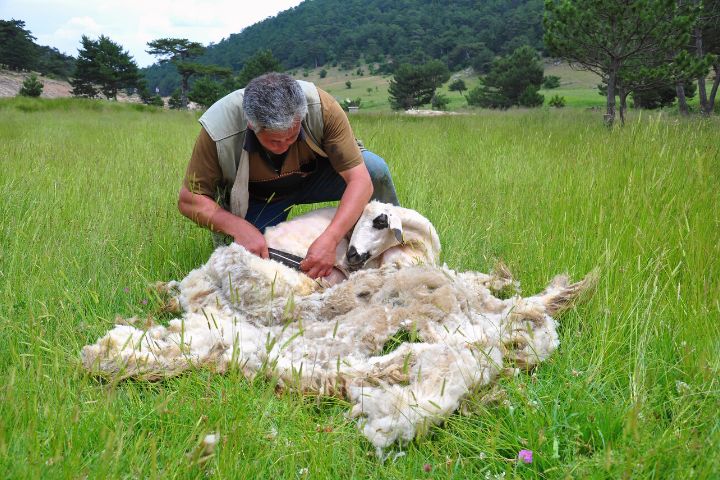
On an acre of land, you can anticipate having 6–10 sheep. Simple: the more acreage, the more sheep! You also need to provide your furry friends with sufficient shelter on that land. It is necessary to provide protection for sheep, which can be accomplished in a number of ways, from just a tree line or a wind block to barns or three-sided sheds. In any case, the shelters must have enough ventilation to stop moisture buildup and livestock respiratory issues. You will also need to have adequate fencing to protect the sheep from any unwanted guests. To avoid water stagnation, it is also ideal for generating shade in an elevated location. Additionally, the space can be used as a pasture by planting fodder trees all around the shade.
Cost of Preparing Your Property for Sheeps
The cost of preparing your farm for sheep truly depends on the preferred size of your flock and if you wish to grow it in the future. If you’re looking to keep a small number of sheep, then the bulk of your costs will include feed and healthcare. If you want to start with a greater amount of livestock or plan to expand it in the future, then you may want to invest in your shelters – which will cost you another significant chunk.
Here’s an approximate overview of what your cost could look like:
| Item | Cost |
| Sheep purchase | $200-$450 per sheep (depending on breed and age) |
| Shelter | Depends on the choice of shelter Barns: $2000-$7500 (dependent on size) Shed: $5500 |
| Fencing | Wire $7 per metre Wire Mesh $6 to $12 per metre Chain Link $45 to $75 per metre Hinge Lock $10 to $25 per metre Electric $40 to $100 per metre Pine $7 to $20 a metre |
| Hay | $2700 |
| Grain | $1000 |
| Shearing | $270 |
| Pet visits/Vaccinations | $300 |
Whatever you decide, you’re sure to have a successful investment with your future farm animals!
Frequently Asked Questions
Are sheep expensive?
The price of sheep depends on the size, breed and age of the sheep. Naturally, the larger the sheep or the greater amount of meat or wool that it is able to supply, the greater the price. Regardless, sheep meat and wool are always in demand, so you’ll likely never get a bad deal.
Can you raise sheep at home?
It depends on how big the home is. You could raise sheep at home, as long as you have adequate space, food and water. It would be difficult to raise 50 sheep in an average-sized backyard, but a handful of sheep will be happily grazing on your freshly cut grass as long as you provide them with fresh water and shelter from harsh weather conditions. In fact, having sheep at home will definitely improve the quality of your garden since they are natural weed killers and their manure is great fertilizer.
